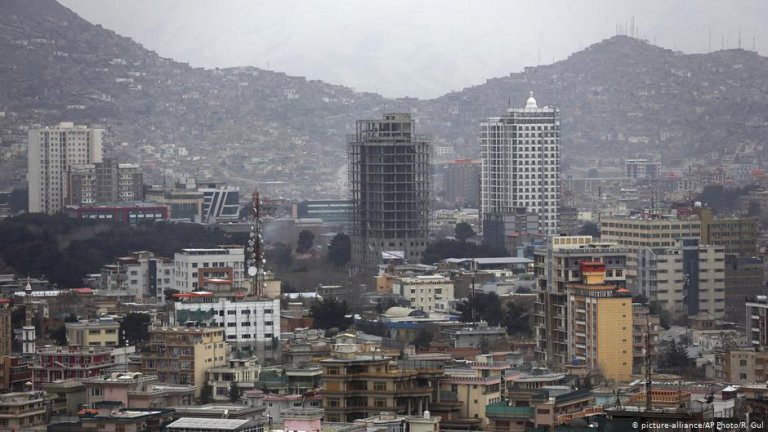With the US troop withdrawal from Afghanistan complete, the only way for those still in the country to leave is by crossing its land borders. But the routes are highly dangerous, and it's not clear whether Afghanistan's neighbors will welcome the refugees.
The conflict in Afghanistan has entered a new stage with US and allied troops having completed their withdrawal from the country after two decades. The evacuation flights are over, and there are no planes coming or going at the airport in Kabul, as there is no air traffic control. Negotiations to establish operations again at the airport are underway between the the Taliban, Qatar and Turkey — but it could take weeks before the first commercial airliner lands in Kabul again.
This leaves thousands of Afghans who seek to leave the country with only one option: making their way to one of the land-locked country's land borders. Many of them are still in fear of facing reprisal from the Taliban, distrusting their assurances that everyone would be treated with dignity and respect.
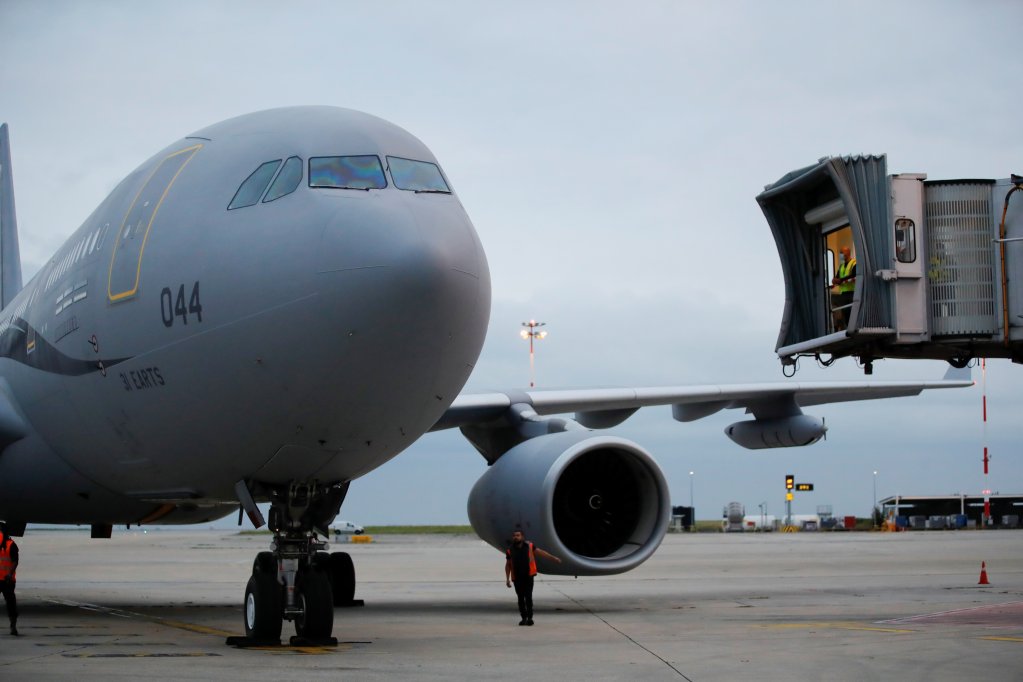
Many have headed to the southern and eastern border with Pakistan, while others — following news of diplomatic efforts — have set out northward to reach Afghanistan's borders with Central Asian states Tajikistan, Uzbekistan and Turkmenistan. And others have headed west to Iran in the hope of eventually reaching Turkey and possibly journeying on to Europe.
The UN refugee agency, UNHCR, has said up that to half a million Afghans could flee their homeland by the end of the year. More than 122,000 people, including around 6,000 American nationals, were flown out of Kabul since August 14 — the day before the Taliban overran the capital.
Read more: Afghanistan: Limited options for those desperate to flee
Diplomatic efforts on overdrive
The US State Department published a declaration on Sunday by around 100 countries committed to helping Afghans reach destinations outside Afghanistan. However, none of Afghanistan's immediate neighbors has signed up so far. German Foreign Minister Heiko Maas has traveled to Central Asia to try to convince those governments directly, with some success.
Tajikistan has thus far pledged to accept 100,000 Afghan refugees, while Uzbekistan committed to allow transit through its territory for Americans and potentially other people from Afghanistan. However, it isn't clear how many people either country has actually allowed in so far.
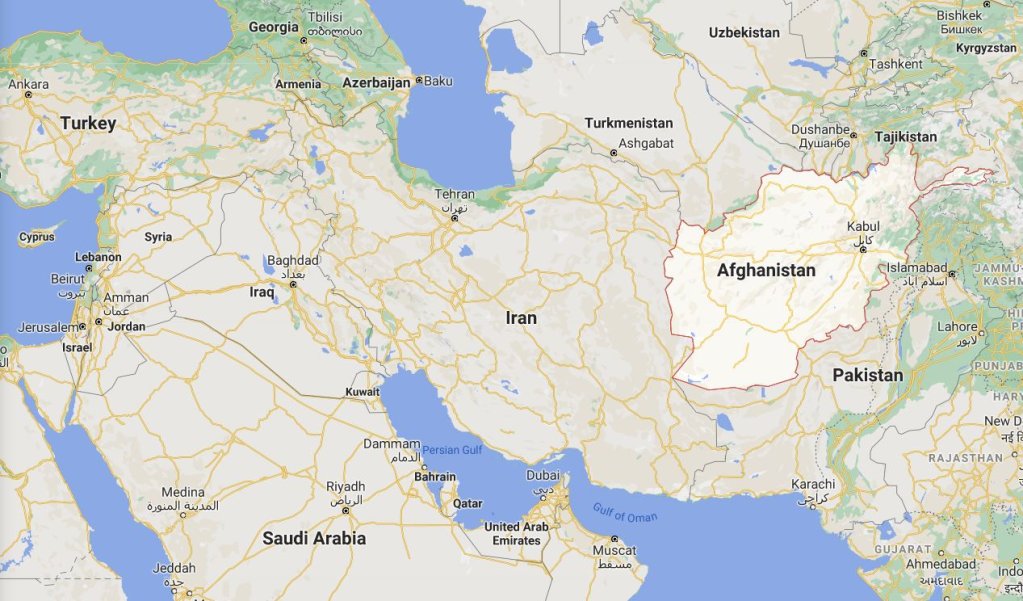
Pakistan – which already is home to more than 1.4 million Afghan refugees – has admitted some 2,000 Afghans employed by foreign missions, international institutions, and nongovernment groups on one-month transit visas, according to a diplomatic source who spoke on condition of anonymity.
And even abroad, some countries such as Hungary have closed their doors to Afghans, saying they had contributed their fair share in evacuating people.
Read more: Afghanistan's neighbors worried about potential refugee crisis
US seeking new solutions
Still, this potentially leaves tens of thousands of at-risk Afghans who worked for the US government and applied for Special Immigration Visas (SIVs) and others without any assurances on where they might go, or even whether they will be able to leave the country.
US Secretary of State Antony Blinken vowed to pursue a "relentless effort" to help an estimated 200 Americans still remaining in the country as well as a number of at-risk Afghans leave.
However, he added that helping people travel overland will be more difficult: "This will be an entirely different phase from the evacuation that just concluded."
'Lay low if you can': US official
The journeys come at a high risk, especially for those who use to work with foreign military powers and government officials. Along the route they have to pass numerous Taliban checkpoints. The Taliban have reportedly set up additional checkpoints on the main road leading north towards Uzbekistan and Tajikistan since the US evacuation from Kabul airport ended, and are not allowing women to travel unless they are accompanied by male family members.
Whether people are journeying in their private cars or as an organized group on small busses, they have to pass through hundreds of miles of rough terrain before reaching any border.
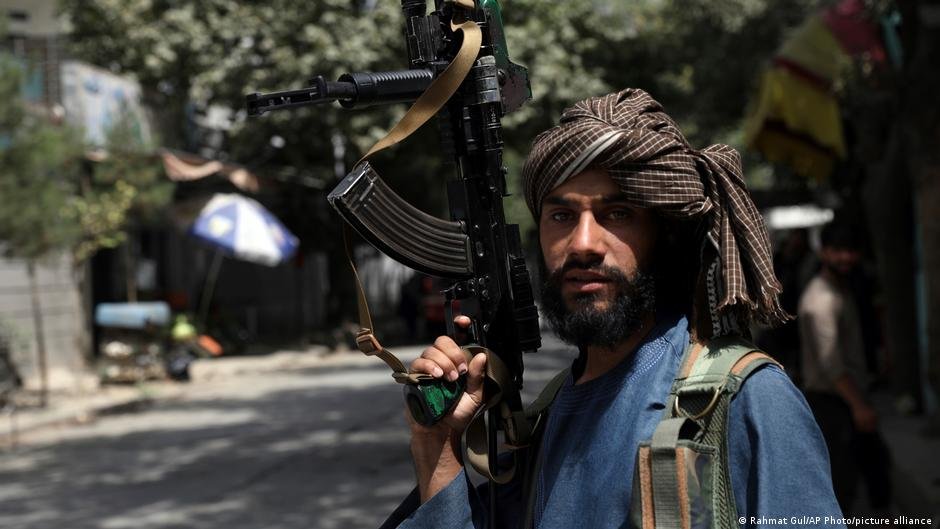
So far, only a limited number of foreign passport holders and Afghans with visas have made it out of the country. It is common to have to pay bribes at multiple checkpoints when trying to escape the Taliban.
"The (overland) option is the only thing that's possible right now," a US military veteran involved in helping to evacuate at-risk Afghans told the Reuters news agency. Another US official said that with all these uncertain variables, people "should lay low" for the time being unless they feel that they are actively being hunted by the Taliban.
"I know that is impossible to say to a population that is very scared for the future," he added.
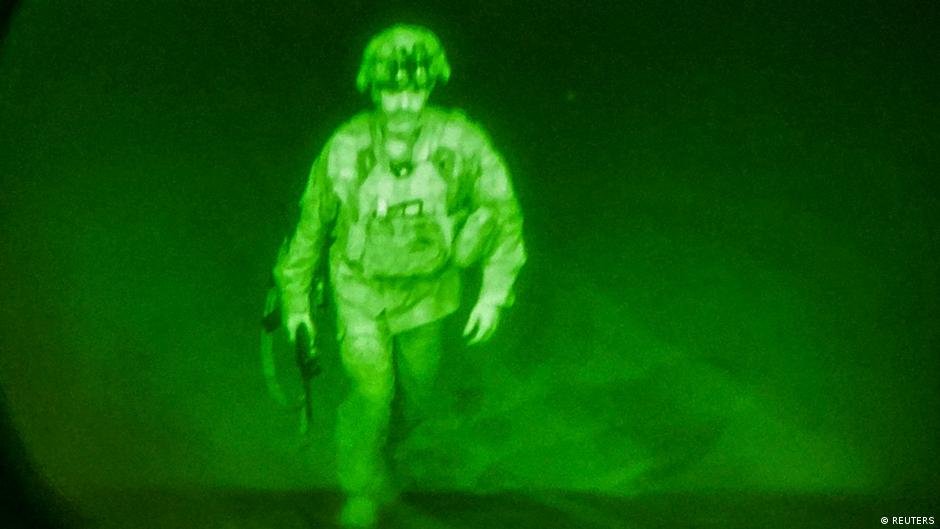
To abandon or to be abandoned
Some Afghans have been left with painful choices between escaping alone or remaining in the country with their families.
Hussain, a US passport holder who worked with the US military, lost his wife only in July to COVID-19, he told Reuters. With his six daughters, he scrambled through Taliban checkpoints to the gates of Kabul airport for several days in a row, hoping to catch one of the last flights to safety.
In the end he was told that his only chance of getting a flight out was alone, without his daughters who are not US citizens. It would have meant abandoning them.
On Monday night, Hussain and his family stood outside Kabul airport hoping for a last-minute miracle, as they watched the final US C-17 aircraft take off.
with Reuters
